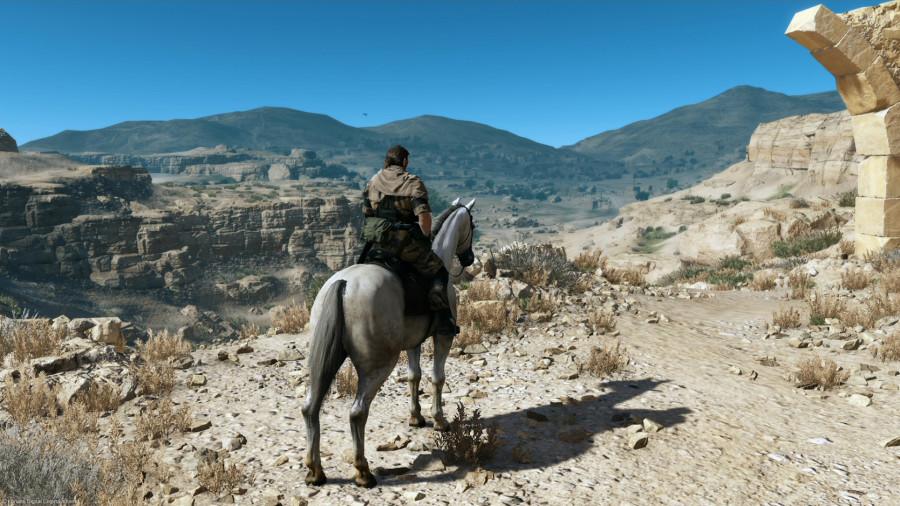Making bigger better: narrative and content in open world games
To my excitement, the release of Metal Gear’s fifth installment Metal Gear Solid V: The Phantom Pain, marks the franchise’s move to the open world genre. As a series, Metal Gear is known for its linear gameplay and a heavy dependency on narrative storytelling. The token “Tactical Espionage Action” is often broken up by long, cinematic cutscenes and other morsels of narrative and exposition. However, The Phantom Pain will break from this norm and enable the player a high degree of “Freedom of Infiltration”–missions where the approach and timeliness is at the player’s discretion.
Today, open world designs have almost become a norm. This year has already seen the release of massive open world games like The Witcher 3 and Arkham Knight. Meanwhile, the shadows of more open world giants such as Assassin’s Creed Syndicate and Fallout 4 loom ahead. All of these games boast similar features: a large world filled with a deluge of activities. From a consumer perspective, the open world design is appealing; if one pays $60 for a standard major game, they may as well be getting the most bang for their buck. In addition, an open world perfectly displays video games’ forte; open-ended interaction.
As an avid gamer and a fledgeling ludologist, I must admit that the concept of an open-world game is becoming less and less appealing to me. Why?
The bigger the scope of a game, the harder it is to give it the appropriate depth. This is particularly true when it comes to content and narrative, as they heavily rely on each other.
Open world games are premiers in regards to content, many boldly advertise a tagline claiming “hundreds of hours of content”. For example, The Witcher 3 holds an average gameplay of 161 hours. Additionally, a producer on the upcoming Fallout 4 claims that one could play the upcoming game for more than 400 hours unveiling all it has to offer. Marketing shill or not, open world games deliver content by the truckload. On the flipside, when does the inclusion of “hundreds of hours of content” become a bad thing?
Video games of all stripes depend heavily on narrative, meaning it has to strike a balance with content. Narrative is vital in providing context for the content. Even if a mission is fun by itself, it becomes even better if there is reasoning behind it. Open world games often fall victim to pointless tasks that fail to fit the content of the overarching narrative.
There is no predetermined structure for an engaging narrative. The principal story in an open world game is especially prone to becoming a convoluted, over-padded mess. The player can easily lose interest in the main story as open world games offer a variety of options available in the form of parallel storylines and side objectives. The promise of hours of extra content begs the player not to dedicate themselves to any particular mission but rather to bask in this virtual buffet. Even if a player returns to the main story arch, they often to grow bored of its drawn out bulk.
Even if an open world game falls prey to these grievances, it is not doomed. Firstly, we should not follow a culture of supersizing game time; this only leads to a game that becomes boring and repetitive. In regards to narrative, it should be implemented as often as possible. Giving narrative context to seemingly menial bits of gameplay allows it to become an outlet to explore a theme and present an idea. To remedy the imbalance between abundance of content and sparse narrative, the two areas must be fused. While content and narrative are usually dealt with separately, disjointing them only leads to both being mediocre. The content must progress with the story and the narrative contextualize and drive the content.

Lucas Valim sexually identifies as an Entertainment writer, he also knows when to stop a metaphor before it goes too far. After Hobbes-ing his way up The...









